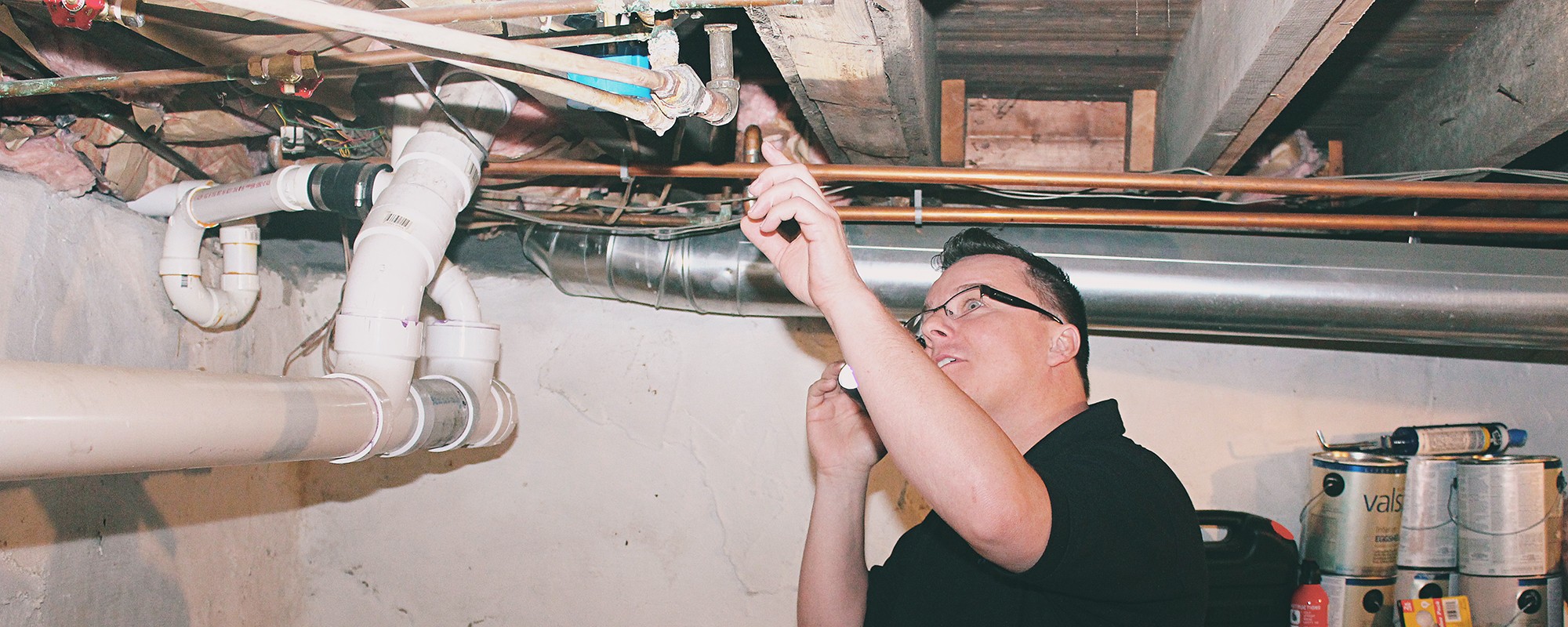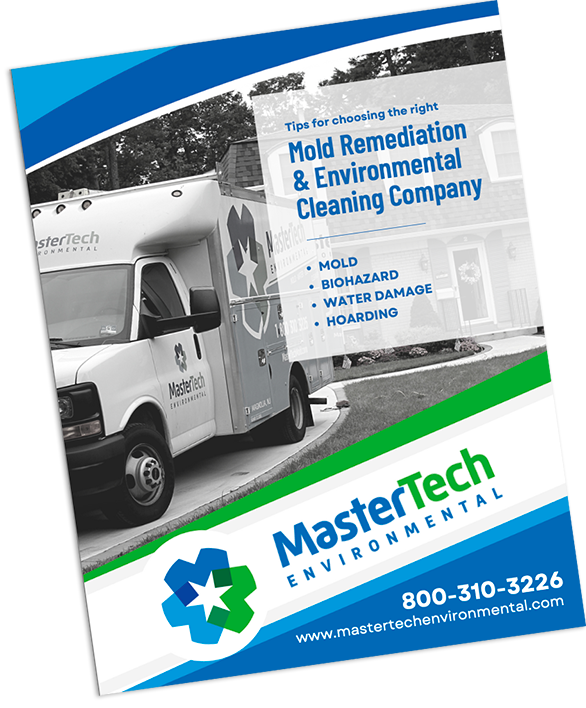
Looking for Signs of Hidden Water Damage
The nature of water allows it to flow to and seep into virtually anywhere once it is loose. Unaddressed moisture buildup can wreak havoc on your South Jersey property by destroying your building materials, doing major property damage and causing mold development. Unfortunately, water leaks and water intrusion isn’t always very obvious until it’s too late. Leaks are often covered up by building materials. Water can seep into wall voids, under flooring, behind wall finishes, under furniture and behind other building materials. Water can be sneaky and inconspicuous so New Jersey homeowners have to rely on identifying the symptoms of a hidden water problem and conditions that can cause hidden water damage. So, how exactly can you tell if you have a hidden problem?
How Can I Tell If I have Hidden Water Damage In My South Jersey Home?
- Signs of Mold – It only take 24-48 hours for major mold to develop with adequate water.
- Musty odors– Hidden water damage means stagnant water that promotes mold and bacteria growth. This produces a musty, earthy smell. Where there is mold, there is a water source feeding the mold. If you suspect unseen mold growth in your property, consider calling an expert to complete a comprehensive mold inspection. Certified mold inspectors in New Jersey are specially trained and fully equipped to investigate possible mold issues. With a thorough assessment, an inspector will be able to determine the full extent of your mold problem and find where the water starts and stops.
- Visual signs of mold growth– Airborne mold spores are microscopic and find their way into hidden nooks and crannies in the structure of the home. So does water. When moisture contacts dormant spores, active mold growth begins. Mold and moisture can mean serious problems like health effects, property damage and safety concerns. Mold needs to be actively removed following specific mold remediation protocols and the moisture source needs to be properly addressed to prevent regrowth.
- Sweating Walls – Blotches of condensation on ceilings and walls are a common sign that excessive moisture is festering in wall and/or ceiling voids. This can be caused by a leak or a mixture of high humidity, poor ventilation and/or inadequate insulation.
- Swelling & Separations – As water absorbs into building materials over time, the porous materials will begin to swell and push away from adjacent materials and surfaces.
- Baseboards/trim separating from the wall – As building materials swell up, materials that were once flush against each other will begin to grow and push against each other and force material separation.
- Swollen door casing or door alignment – As water absorbs into your door jam, the jam will swell and affect the alignment with your door. It will be difficult to actually see the swelling, but you will experience it. The door will slowly become more and more difficult to open and close.
- Sagging walls and ceilings – The excess water imposes a great deal of weight on walls and ceilings. Eventually, saturated drywall and ceiling materials begin to deform and buckle. Water-soaked walls and ceilings present a safety hazard if they collapse.
- Floor effects – Water tends to seek out the lowest level and seeps under floor coverings like carpet, tile, and vinyl, soaking into the sub-floor. If you are experiencing dampness or signs of dampness on your floors, you may need a professional dry-out. In some cases, removal of some floor coverings, particularly carpet and padding, may be necessary to effectively dry the structure.
- Stains on walls and ceilings – Water that seeps into wall and/or ceiling voids often manifests as a stain or blotch as it slowly saturates the adjacent wallboard or ceiling.
- Peeling paint or wallpaper – If there is water within the wall and/or ceiling voids, the water will eventually saturate the adjacent drywall. The saturation will compromise adhesion, causing the paint or wallpaper on the opposing side to raise, ripple or peel.



